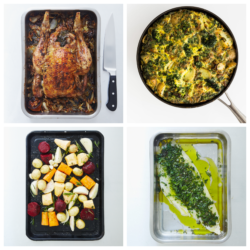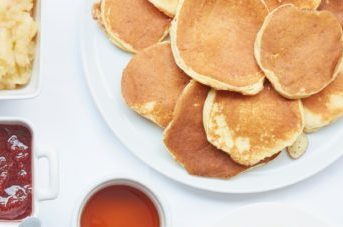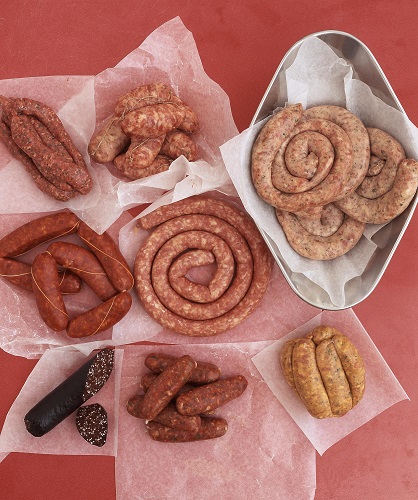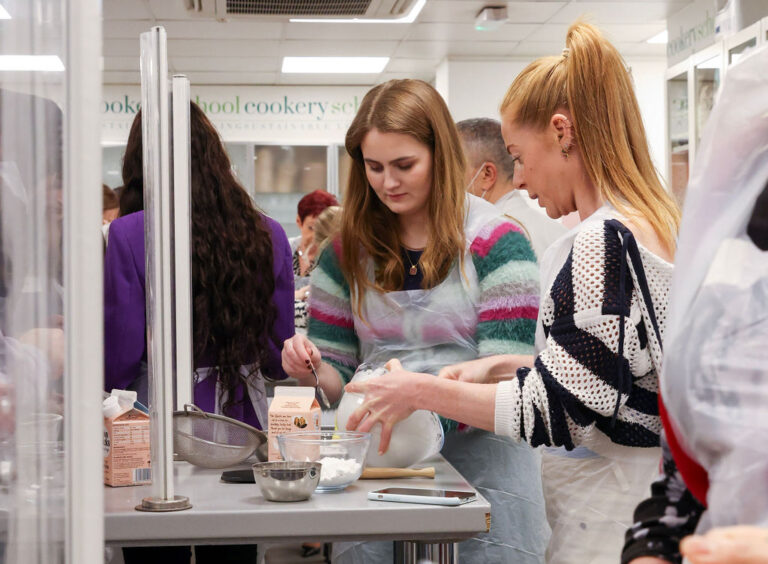RECIPE: Cheese Souffle
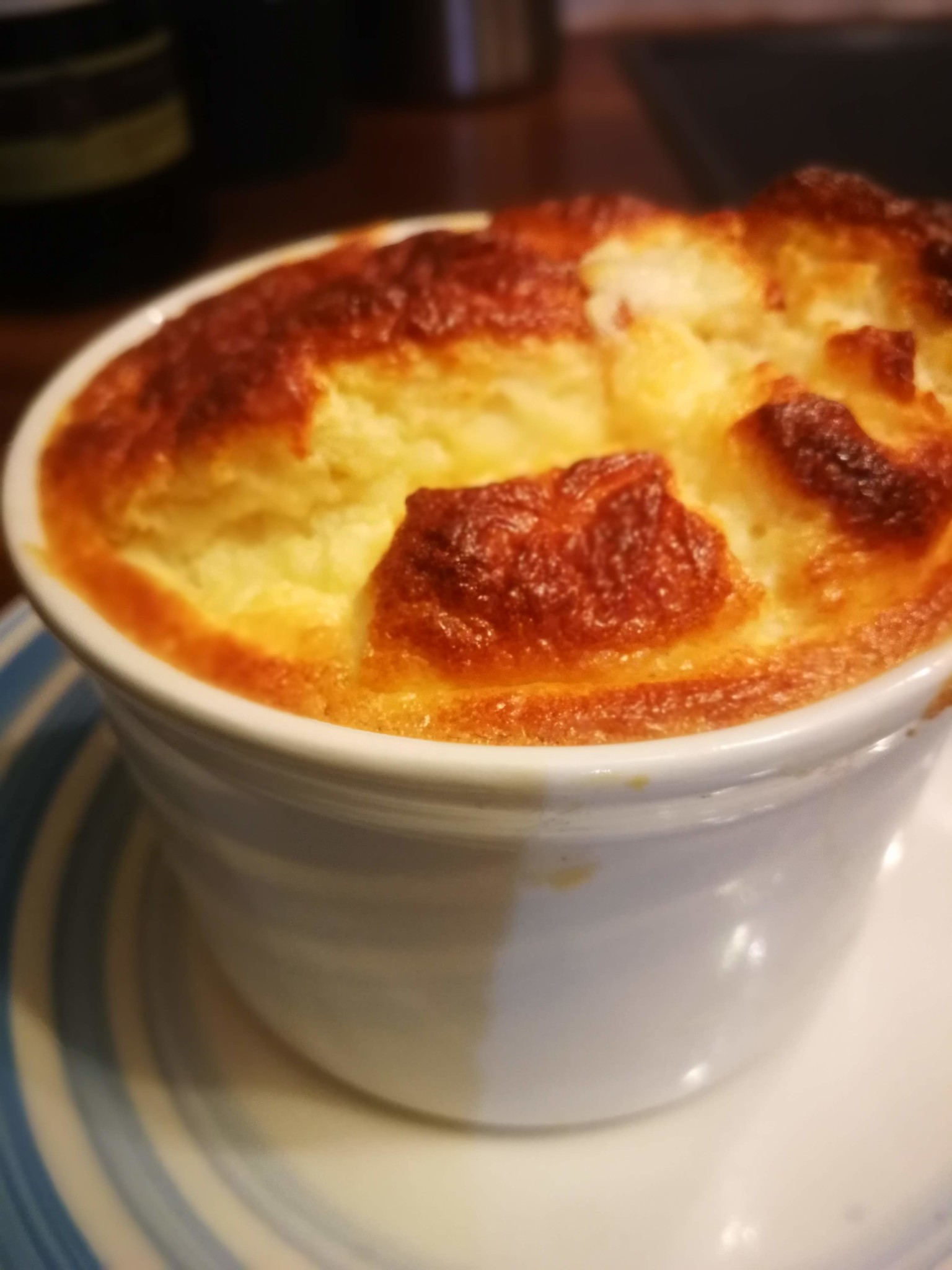 At Cookery School we teach to empower so that everyone has the confidence to replicate recipes again and again at home. We also teach by principle – if you can understand how to make a souffle, you can make a whole range of different souffles using the same principle.
At Cookery School we teach to empower so that everyone has the confidence to replicate recipes again and again at home. We also teach by principle – if you can understand how to make a souffle, you can make a whole range of different souffles using the same principle.
During our time at home, in isolation, these principles have never been more pertinent, when we all need to cook a lot more. On Zoom Rosalind helped to show how easy it is to make a cheese souffle with variations on baking it once or twice. We hope your experience of cooking during Covid-19 is a positive one, with new recipes learnt and delicious dishes enjoyed.
Souffle: basic principles
• The basis of a souffle is a simple bechamel sauce made with flour, milk, butter or oil.
• This sauce is a great staple to learn how to make for many other dishes.
• Any hard cheese can be used for souffle and it’s particularly good for using up leftover pieces that are too small for a cheeseboard.
• Keeping air in the souffle is important. When you fold the egg whites into your bechamel base fold them up and over into the mixture using a metal spoon.
• You can make souffles ahead of time in two ways. Bake them once as below and then freeze, defrost thoroughly and rebake. The mixture is also forgiving enough to be stored in a fridge for up to two days before baking again when you are ready to serve.
Mixed Cheese Souffle
Feeds Four
Freezer friendly
Ingredients
4 tablespoons oil or butter (2 ozs/50g)
4 tablespoons flour (1½oz/40g)
1 cup milk (8ozs/225ml)
¾ cup grated cheese (3ozs/75g) – use Cheddar or a mixture of Parmesan, Emmental and/or Gruyere
4 egg yolks
5 egg whites
cayenne pepper, salt, black pepper and mustard powder to taste
Method
1. Make a white sauce with oil, butter, flour and milk by blending together off the heat and then cooking until thickened.
2. Remove from the heat and add grated cheese.
3. Add the egg yolks, one at time, carefully to the mixture. Beat well all the time so that the
eggs do not curdle.
4. Season to taste with salt, peppers and mustard powder
5. Stiffly beat the egg whites and then fold in first one quarter to the egg yolk mixture to
‘slacken’ it and then add the other three quarters. Do not over mix.
6. Pour into a souffle dish that has been prepared by tying a strip of wax proof paper around the sides of the dish so as to artificially extend the dishes own sides. You can also use 4 small ramekin dishes.
7. Bake the souffle in a dish of boiling water (if a softer souffle is desired) and set on a shelf in
the middle of the oven.
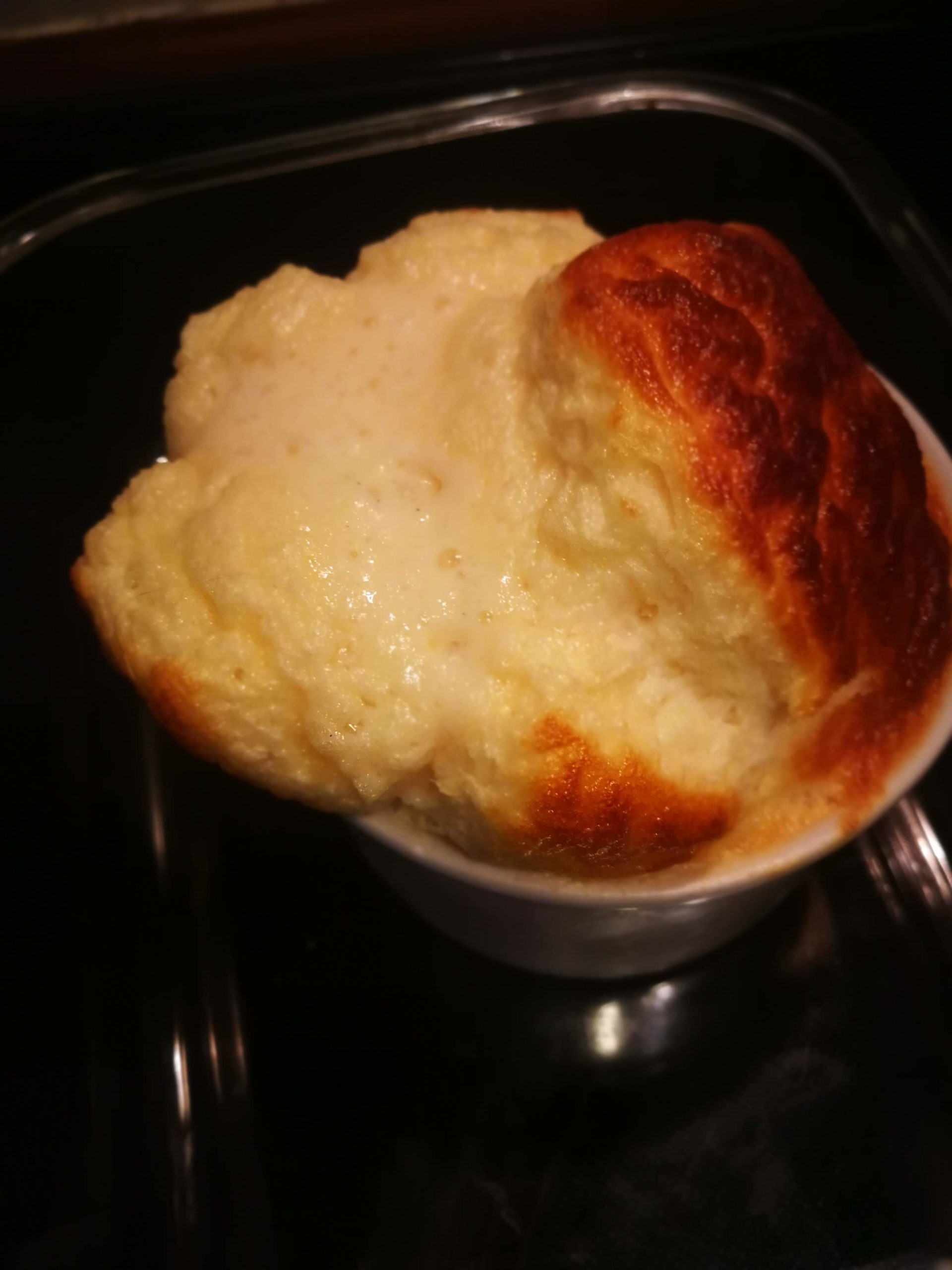
8. Bake in oven 400ºF/200ºC for 5 minutes and then turn down to 375ºF/190ºC for
approximately 35 – 45 minutes or until well set and cooked and well browned. Bake individual souffles for a shorter time depending on size. If mixture is divided into four ramekins then bake for about 20 – 25 minutes unless a less cooked souffle is desired.
9. Eat immediately.
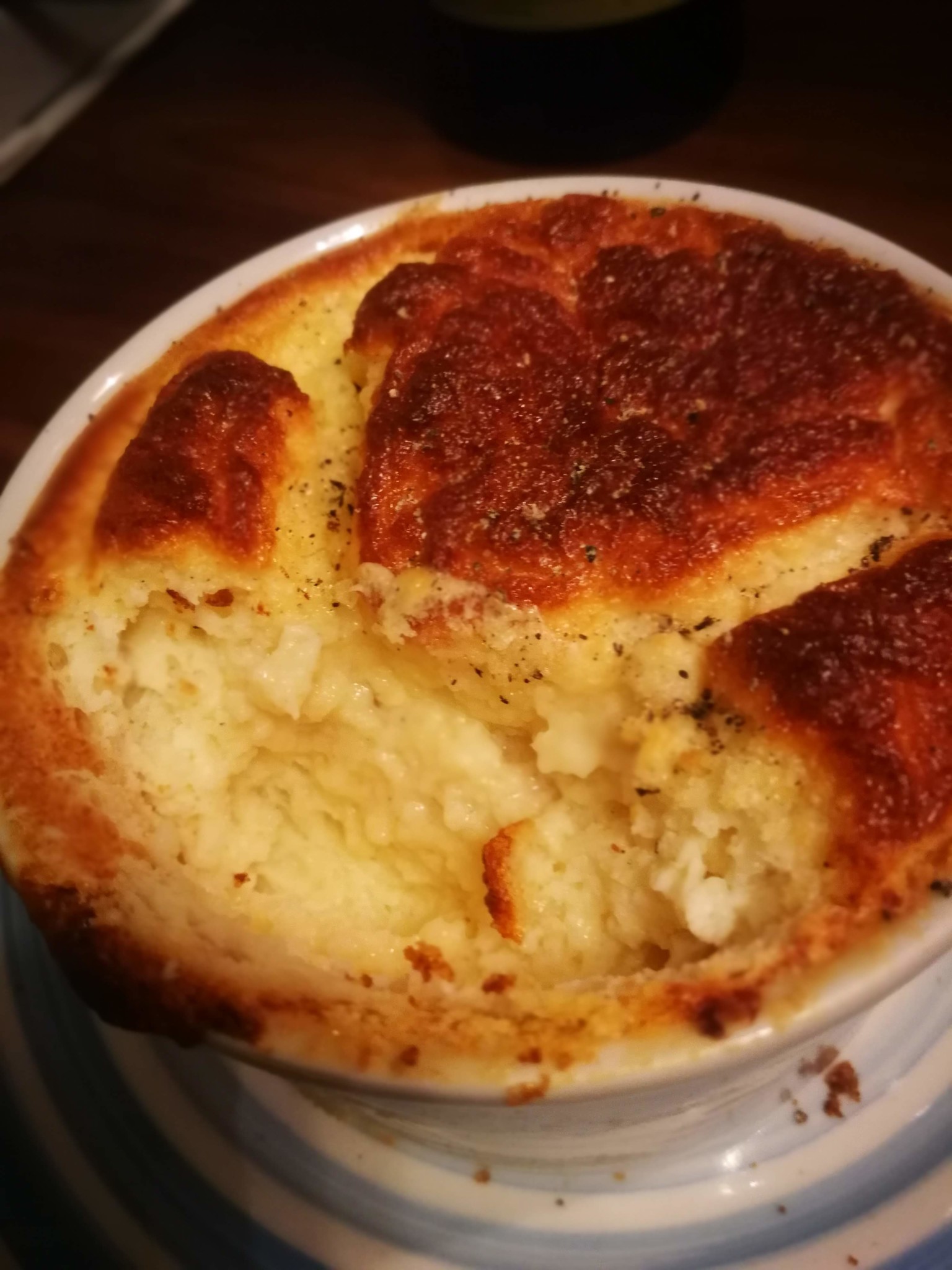
Rosalind’s tips
If you fill your souffle almost to top of the ramekin dish, run your nail around the edge give a ‘top hat’ finish and they go up and do not flop over the side of the dish.
If you have any mixture left you can half fill a ramekin, put in the fridge and bake the next day to give the result pictured below.
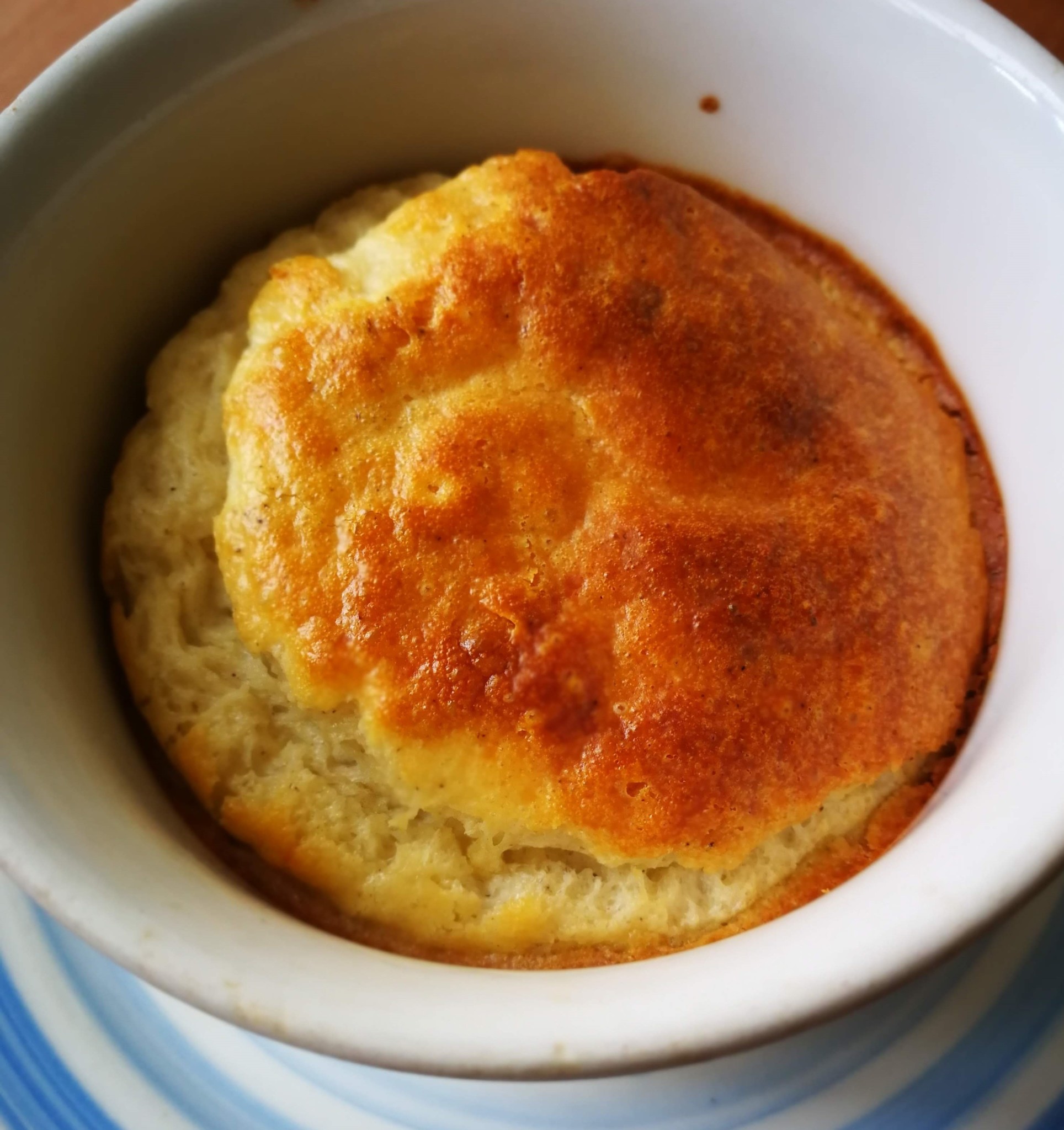
Category
Recipes
